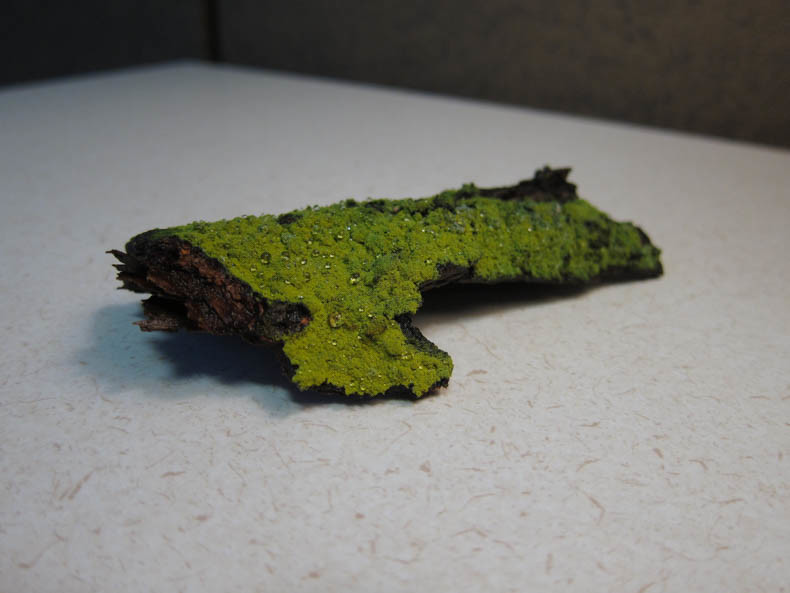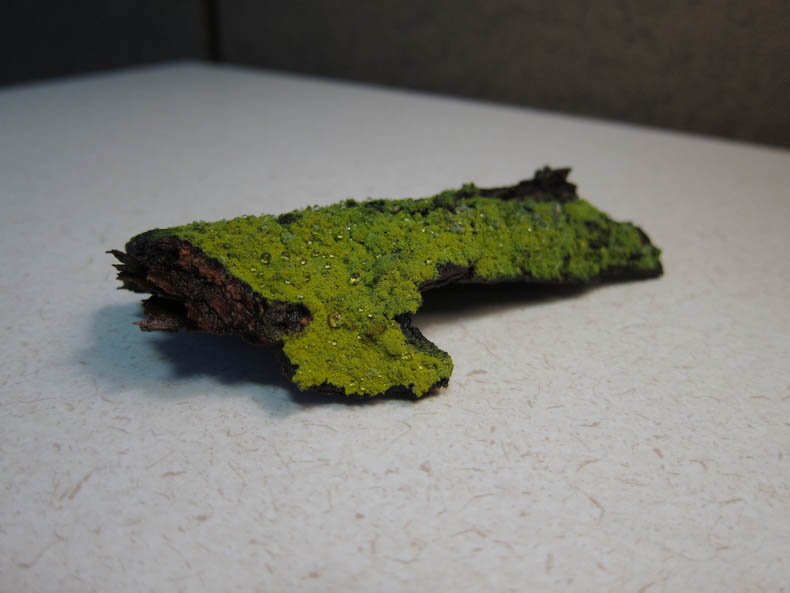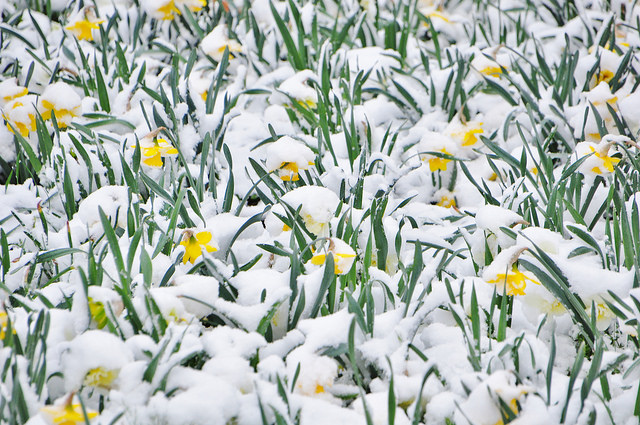
Eleven years ago this week, my 67-year-old mother died from a brain tumor. It was Glioblastoma multiforme, an insidious fourth-stage cancer that, without treatment, usually kills within three months. Treatment options are miserable for the patient and not terribly effective; for those who opt for surgery and radiation/chemo, the cancer almost always returns within a year or so. We chose hospice care, and my mom died at home two months and 13 days after her diagnosis, voiceless and shrunken, a husk of the woman she’d been. (I’ve posted about her on LWON before.)
The same cancer killed a 49-year-old friend of my husband’s and mine in 2014. This gentle and much beloved man spent his final months beaten down by two surgeries and hopped up on steroids, fighting for access to an experimental drug under the FDA’s compassionate use policy. (He had “flunked out” of the clinical trail for various reasons, but the drug had by that time been formulated for him.) With an inept doctor as his advocate, approval was slow and, by the time permission came to begin the infusions, our friend was already dying. We can’t help but wonder whether the drug might have saved him if administered months earlier.
With all that behind me, whenever I see “brain cancer” or “glioblastoma” in a headline, I can’t help but read on, skimming ahead in search of good news. Sometimes I think maybe, just maybe, researchers are actually going to find a way to wrestle this life-sucking monster to the ground. Continue reading →
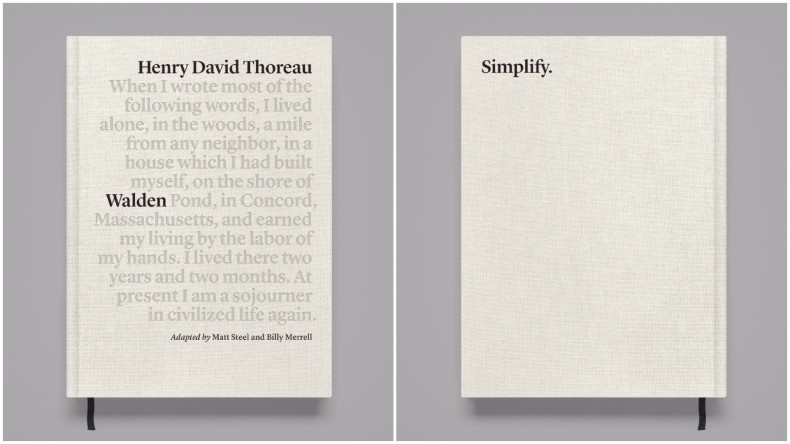 I’ve owned only one copy of Henry David Thoreau’s Walden, and I’ve owned it since high school. It’s a 1980 Signet Classic paperback, original price $1.75. Inside the creased front cover, in ballpoint pen, a long-ago student has scrawled, “I want to go to sleep. I’ll never last 1 hr + 20 min reading!”
I’ve owned only one copy of Henry David Thoreau’s Walden, and I’ve owned it since high school. It’s a 1980 Signet Classic paperback, original price $1.75. Inside the creased front cover, in ballpoint pen, a long-ago student has scrawled, “I want to go to sleep. I’ll never last 1 hr + 20 min reading!”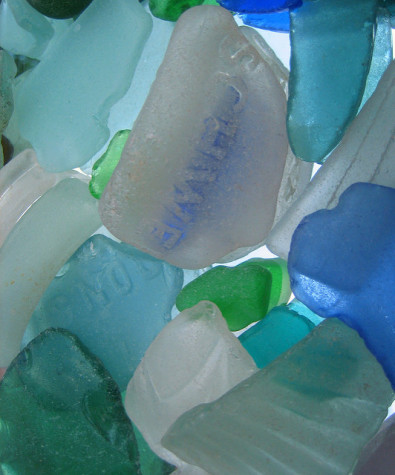 There is a blue velour–covered box in my house marked with the face of a pirate and the word “Plunder.” Like any piratical treasure trove, there are golden coins inside. There are also marbles, leftover buttons, and crow feathers. Sometimes, I’m not quite sure what makes some of the things inside the box so valuable. But there are a few small bits of colored glass in there that give me the itchy fingers a pirate might have had when discovering a map with a large X on it and a promise of doubloons.
There is a blue velour–covered box in my house marked with the face of a pirate and the word “Plunder.” Like any piratical treasure trove, there are golden coins inside. There are also marbles, leftover buttons, and crow feathers. Sometimes, I’m not quite sure what makes some of the things inside the box so valuable. But there are a few small bits of colored glass in there that give me the itchy fingers a pirate might have had when discovering a map with a large X on it and a promise of doubloons.